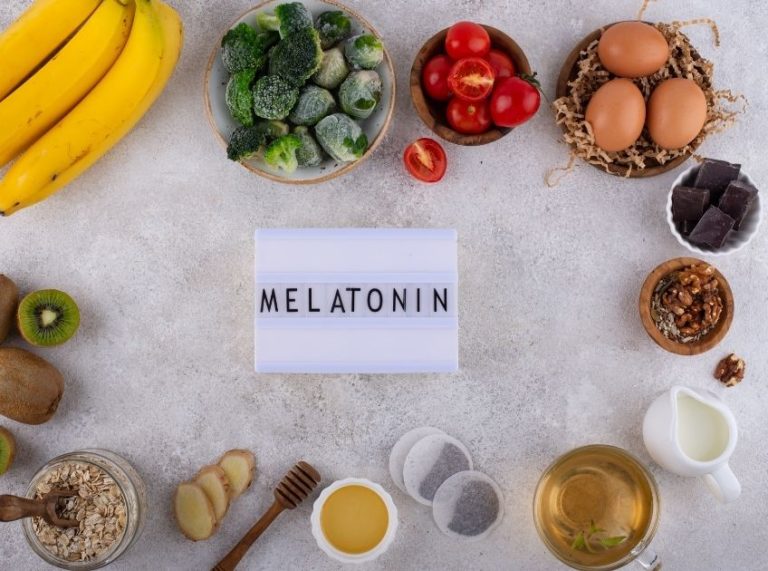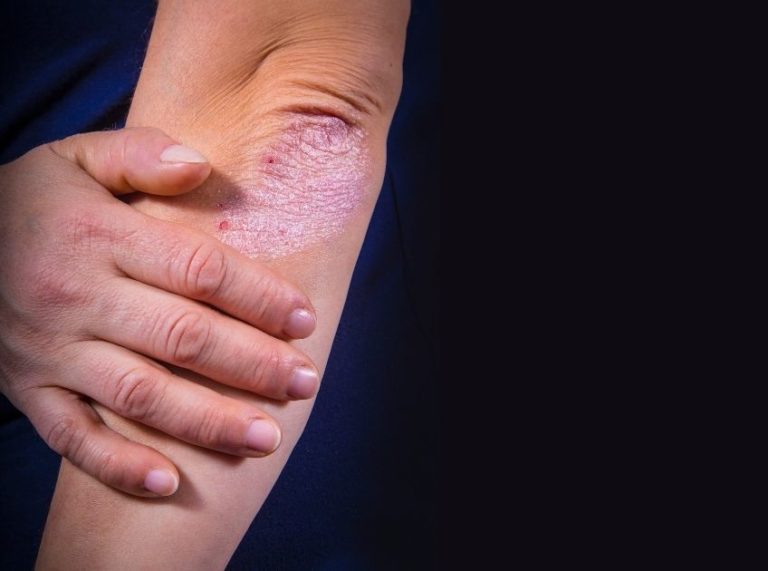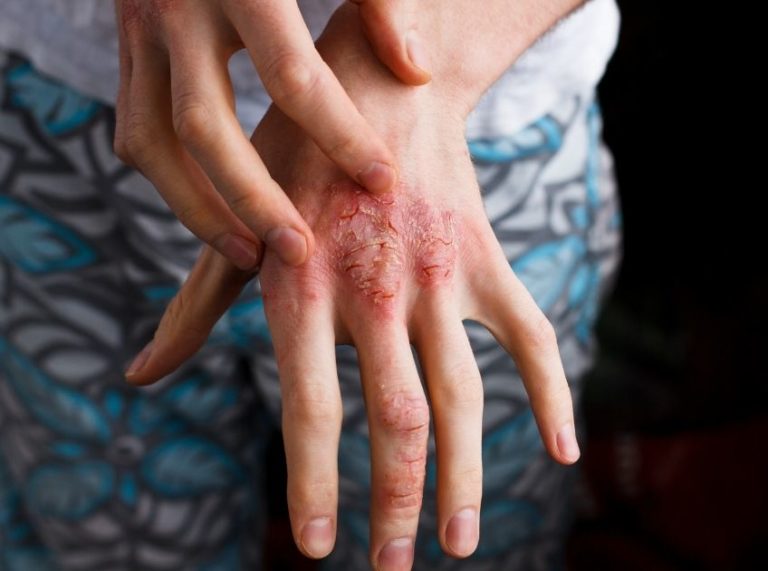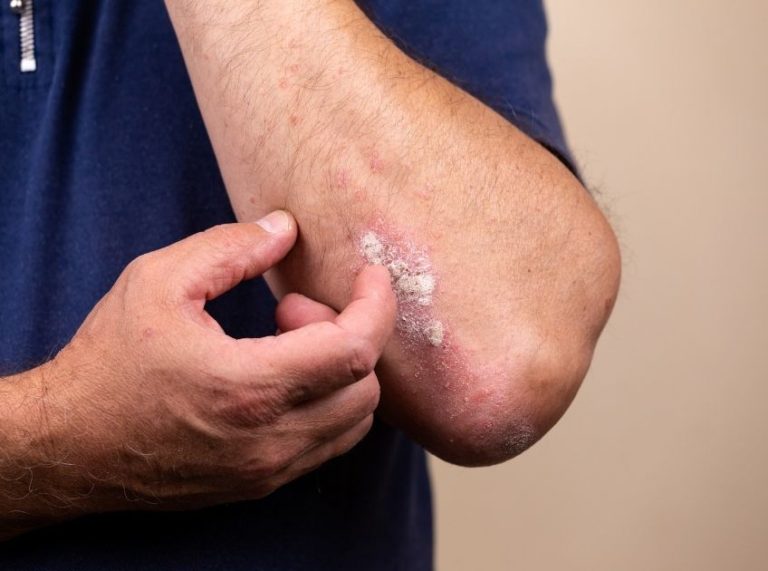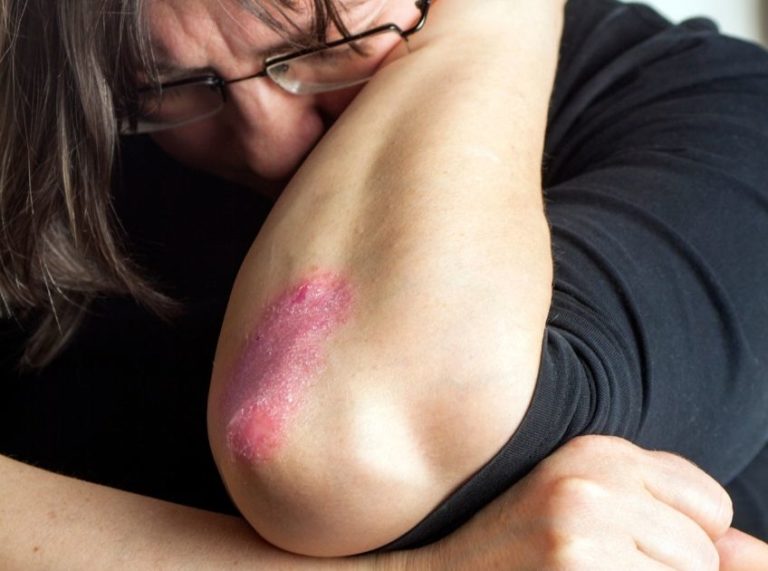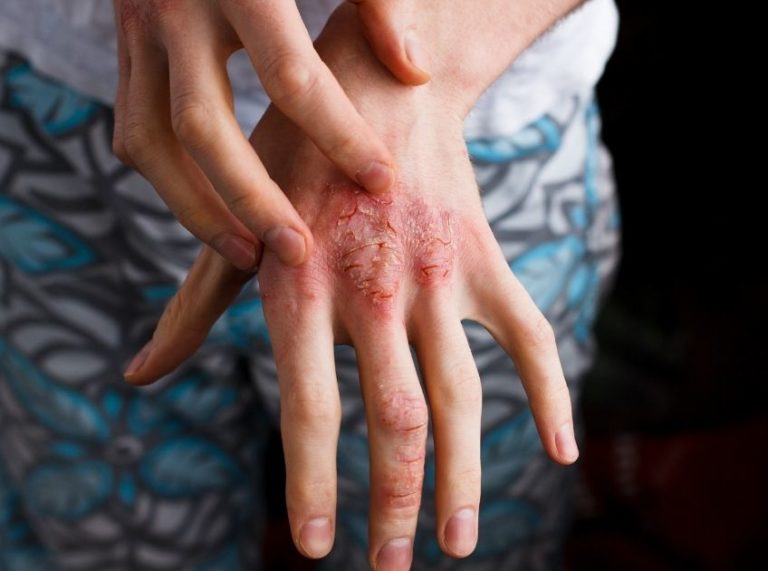
Important: This article is for informational purposes only. Please read our full disclaimer for more details.
Whether triggered by sad movies or happy reunions, stubbed toes or allergies, crying seems to serve many purposes. A salty fluid flows across the surface of your eyes and eventually, you feel better.
While other animals have tears, humans are the only animals whose watery eyes can be triggered by emotions. Yet Charles Darwin, the father of evolution, once said that weeping was “purposeless.” Nearly 150 years later, emotional crying is still one of the body’s most perplexing mysteries, Time points out.
So, here’s what we know.
Article Contains
Types of Tears
They might look the same as they’re falling from your eyes, but you actually have three distinct types of tears, according to the American Academy of Ophthalmology.
Basal tears: These are in your eyes all the time, keeping them from drying out and protecting your cornea. They shield your eyes from all the dirt and debris in the world. Your eyes produce about 5 to 10 ounces of basal tears every day, according to Berkeley Wellness.
Reflex tears: These tears are triggered when your eyes are hit with irritants like smoke, dust or onion fumes and they need to be washed away. Your eyes release reflex tears in big bursts to flood the irritants out of your eyes. These tears may contain extra antibodies to help fight bacteria in irritants.
Emotional tears: We produce these tears when we are overcome with all sorts of emotions ranging from joy and sadness to fear and stress. Some scientists believe emotional tears have hormones and proteins that aren’t in other types of tears.
Benefits of Crying
We understand the physiological purpose of basal and reflex tears. There seem to be several benefits to emotional crying.
Getting Attention
Babies cry to let us know they need something and to get people to pay attention. It’s their way of saying they’re hungry, sleepy or uncomfortable when they don’t yet have a vocabulary.
Boys and girls cry about the same amount, although as they age, women reportedly tend to cry more than men, according to Berkeley Wellness.
Easing Stress
Some researchers believe that crying releases stress hormones and other toxic substances that can build up during stress. Holding in tears and emotions can likely be unhealthy over time, How Stuff Works reports.
Some research says that holding back tears is linked to a higher risk of heart disease and high blood pressure, while other studies show that people who have conditions like ulcers and colitis are less likely to cry than people without those illnesses.
Another study from University of Queensland researchers found that crying might help regulate breathing during stressful situations.
Social Bonding
Some studies have found that emotional tears can strengthen relationships. Researchers at Tel Aviv University said that by blurring vision, tears lower defenses and act as a sign of submission and lower defenses, thereby bringing people closer together.
“There must have been some point in time, evolutionarily, when the tear became something that automatically set off empathy and compassion in another,” Michael Trimble, a behavioural neurologist and leading expert on crying, told Time.
“Actually being able to cry emotionally, and being able to respond to that, is a very important part of being human.”
Manipulation
Babies learn at about 9 months that they can get you to do something for them by crying, according to WebMD. This is the start of what some experts call manipulative crying. Some people continue this type of weeping into adulthood.
“We learn early on that crying has this really powerful effect on other people,” Jonathan Rottenberg, a professor of psychology at the University of South Florida, told Time.
“It can neutralize anger very powerfully,” and that’s why people often cry during arguments when they feel guilty and want to be forgiven. “Adults like to think they’re beyond that, but I think a lot of the same functions carry forth,” he says.
You Might Also Like:
- Why Do Your Eyes Get Red When You Cry
- Should You Let Your Baby Cry It Out To Sleep?
- Pink Eye (Conjunctivitis) – Causes & Home Remedies
- Can You Get Botox Under Your Eyes
- 6 Best Workouts for Stress Relief
- Home Remedies for Itchy Eyes: 7 Best Ways
- 7 Effective Home Remedies To Treat Eye Infections
- Pink Eye (Conjunctivitis): Symptoms, Causes, Treatment & Prevention Tips
Image Credit: freepik


